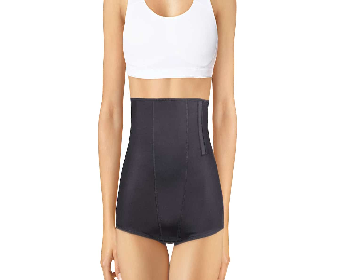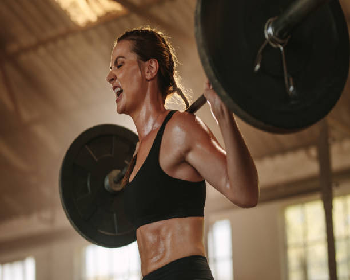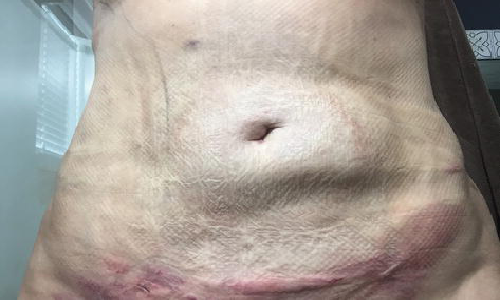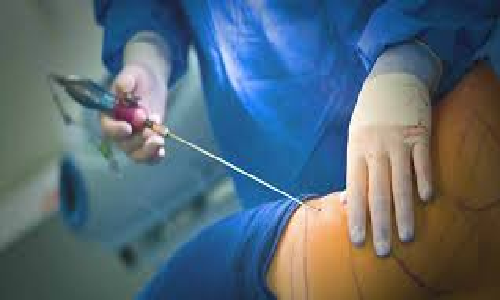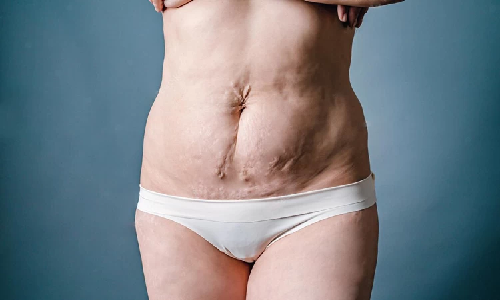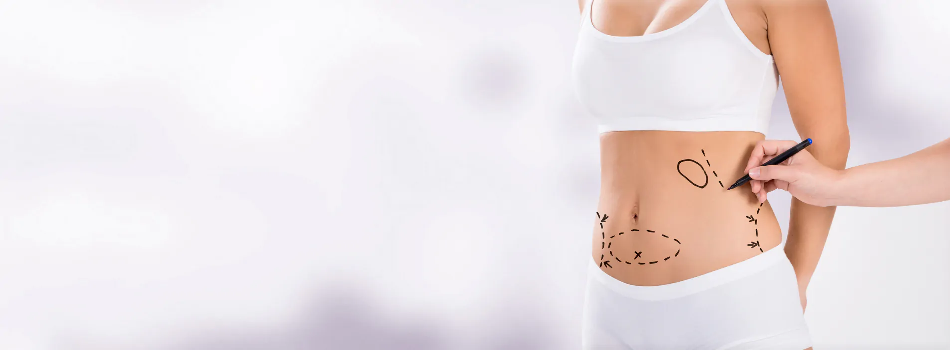WHY CHOOSE LIPOSUCTION?
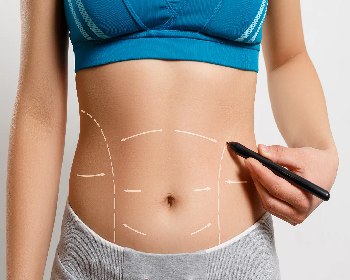
1. Targeted Fat Reduction: Unlike weight loss alone, liposuction specifically targets areas with excess fat, allowing you to contour precise areas and achieve a more balanced body shape.
2. Enhanced Body Proportion: Liposuction helps create better body proportions by selectively removing fat from problem areas, improving your overall silhouette.
3. Minimal Scarring and Quick Recovery: Using small, strategically placed incisions, liposuction results in minimal scarring, and with advanced techniques, recovery is relatively quick.
4. Long-Lasting Results: As liposuction removes fat cells from the targeted areas, results can be permanent with a healthy lifestyle, giving you a refined look that lasts.




